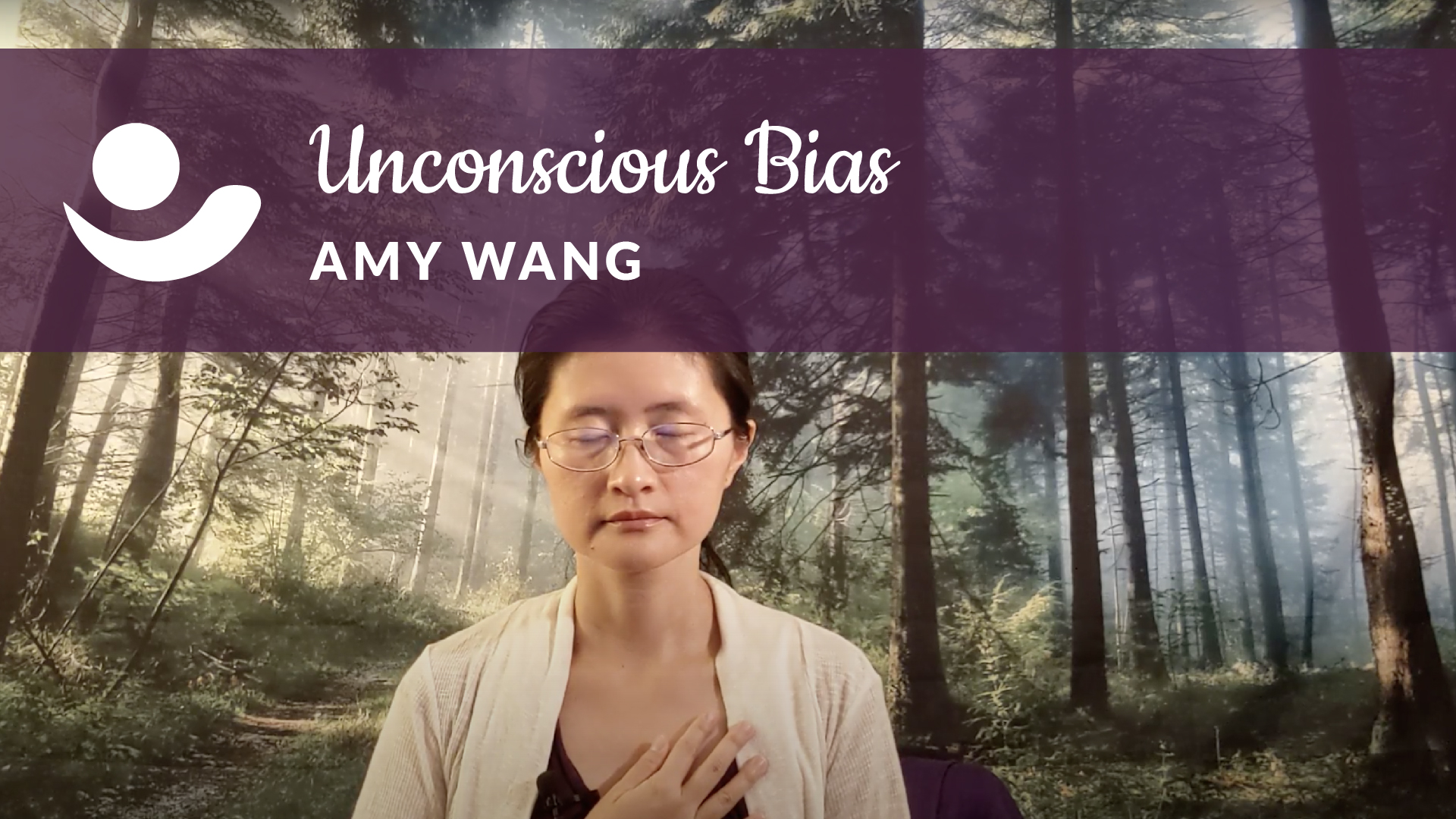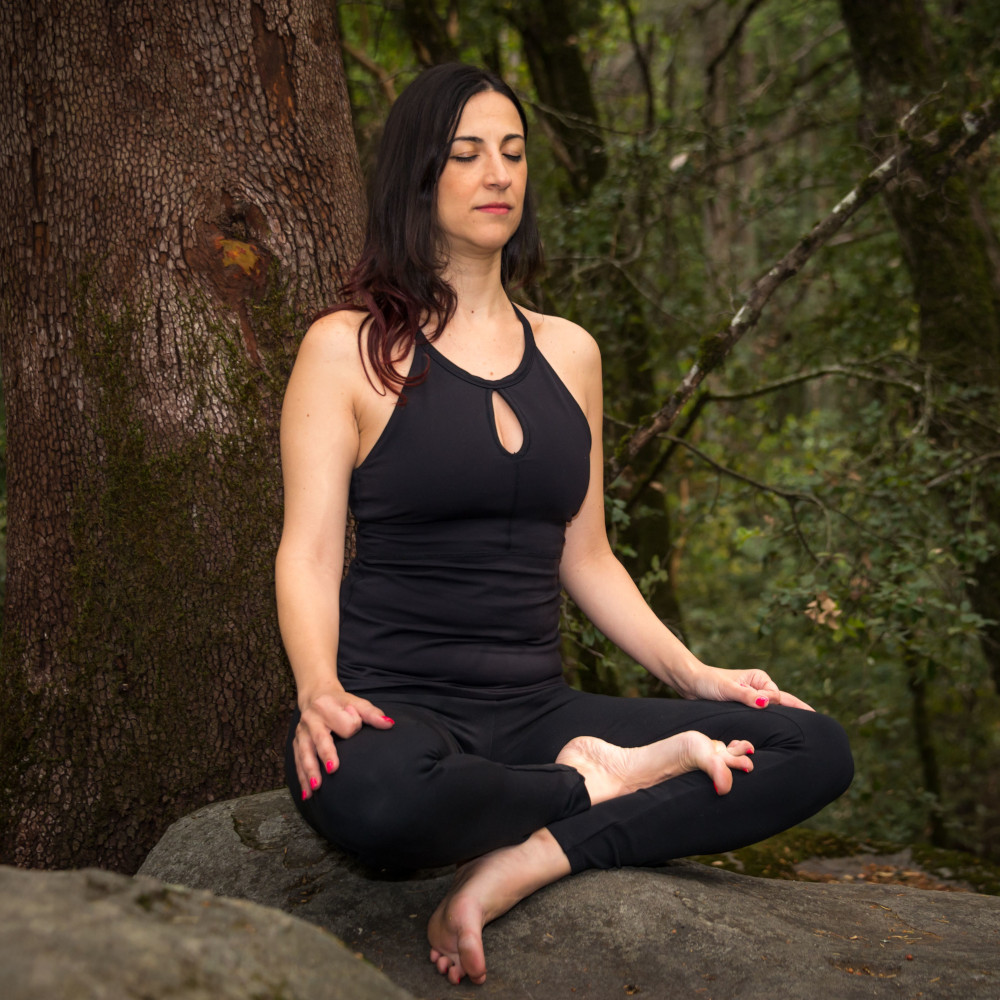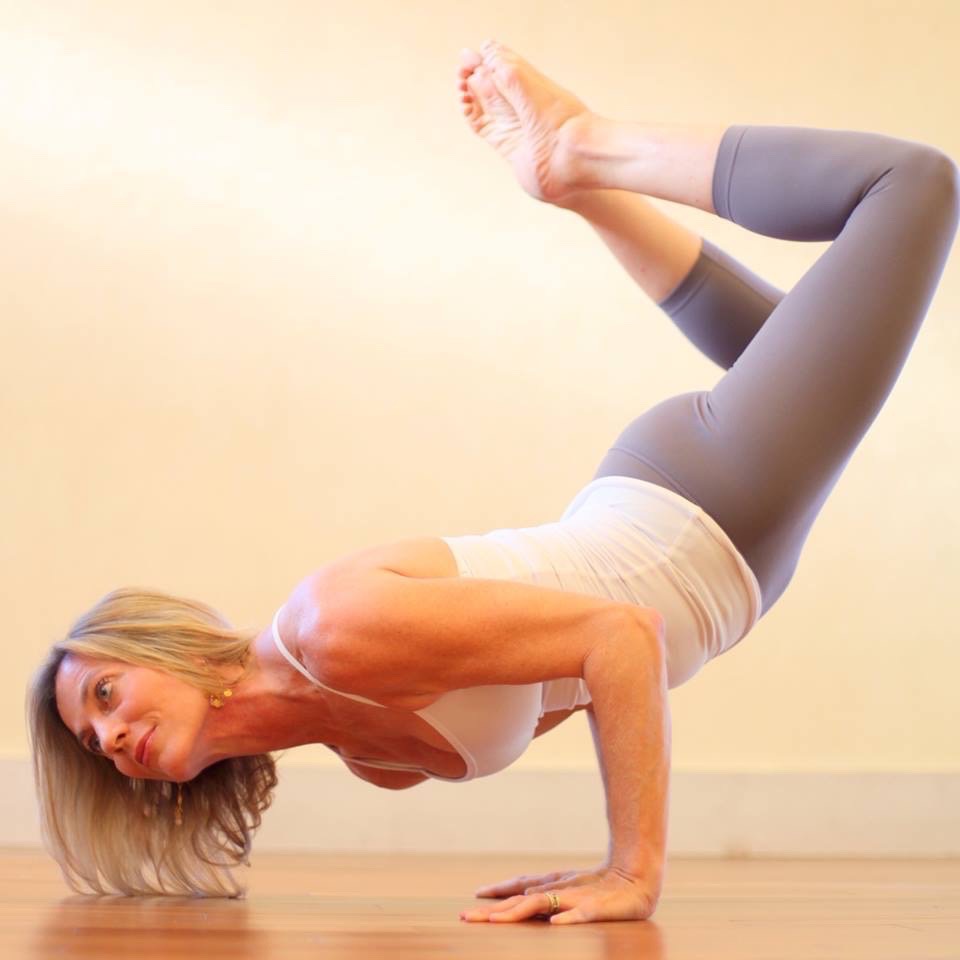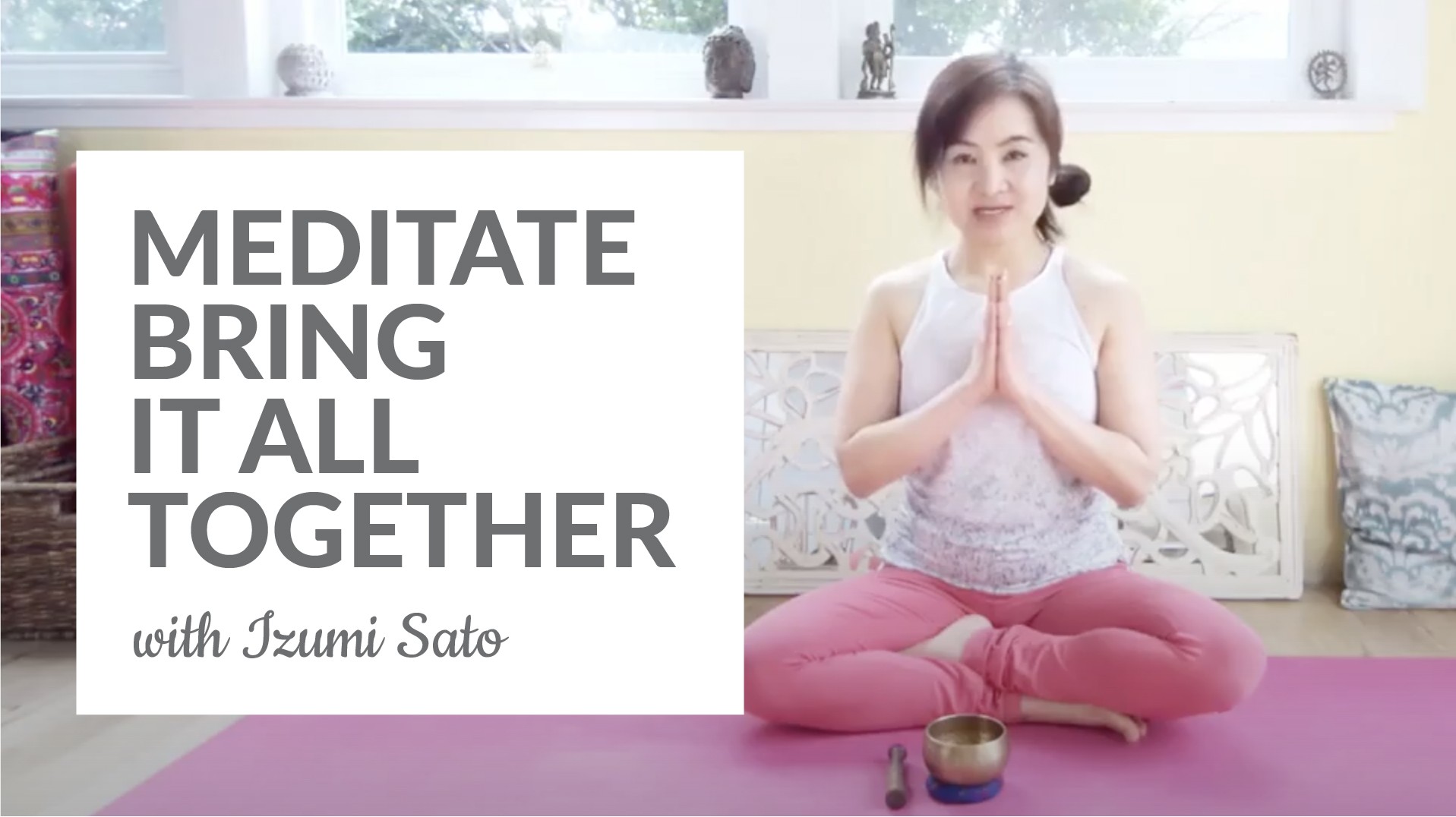A frequent question I get asked at talks and workshops is, “How can I be grateful?,” or more specifically, “How do I actually feel grateful?”
This is an important question because gratitude is indeed a feeling. We can say or think, “I am grateful for my family and friends, raw organic chocolate brownies, sunsets, music, and birdsong.” However, simply saying or thinking what we’re grateful for may not necessarily generate the feeling of gratitude.
To shift from thinking gratefully to feeling grateful, first, understand that it’s a practice. Just as with meditating, running, playing the violin, or driving a car, the first time we try, we have limited capability. Here are three helpful practices:
- On a large pad of paper, write out “I am grateful for…” or “I am feeling grateful for…,” and start listing all of the things you are grateful for. Don’t stop! The mind might list a dozen things and think the list is complete – it’s not. By continuing, at some point, you’ll realize that there are infinite phenomena for which you are grateful. Check in with your body during and after the practice – what are you sensing or feeling? This is a deceptively simple and powerful practice which opens our eyes and expands our vision. It allows us to see that the mind is generally conditioned to perceive the glass as half full and that we are typically unaware of so much good. From doing this, you might conclude that an ongoing practice is necessary to reorient how you experience the world.
- In a journal, list three things in the morning and three things at night that you are grateful for. Do this for about five minutes per day for 28 days. Whether done as part of a journaling practice or as a daily record, this practice has been shown to have many benefits for well-being. Research indicates that it’s most beneficial to write because the kinaesthetic engagement activates more of our brain whilst also slowing down the process. Slowing down helps expand awareness and nourish the feeling to be cultivated.
- As an additional practice, as you practice and cultivate gratitude, contemplate which parts of the body – which brain you are engaging. To feel gratitude, we need to engage the “heart brain.” Although it’s common to think of the brain in the cranium as the beginning and end of our nervous system, we, in fact, also have brain in our heart and our gut.
As a culture, we are heavily biased toward the “head brain.” We tend to value its intellect at the expense of the mysterious, yet potentially more powerful, intuition of the “heart brain” or instinct of the “gut brain.” Notice how you instantaneously experience intuition, with no effort. As we learn to listen and follow our intuitive insights, we may discover them to be more reliable than the reasoning mind in creating clarity in decision-making. We might discover a superior reliability when we try thinking the same issue through, weighing up pros and cons, perhaps deciding against the initial intuition, and then realizing that the initial intuition was correct after all!
Gratitude invites us to engage more of our nervous system, ultimately to integrate head and heart. This is especially transformative for anyone very much “in their head” – and I was such a person. As we speak or think, we can support this transformation by practicing gratitude and bringing awareness to the heart. Placing your hand over the center of your chest may help awareness “drop” into the heart. You may notice how your head feels different from your heart.
Try It Now
Bring awareness to your head, then to your heart. If this helps, place a hand on each. How does your head feel? How does your heart feel?
Studies in neurocardiology, such as those by the Institute of Heartmath, tell us the heart gives off 60 times more electromagnetic energy than the head. Measuring the magnetic component alone, the heart is 5,000 times more powerful! Wonderfully, this gives the “head brain” reason to engage the “heart brain” more. Here, we have a logical and rational, scientifically-evidenced prompt to create a greater balance of thinking and feeling, to regularly shift our focus and attention from thought into feeling, from reason to intuition.
Personally, regular practice of meditation, as well as qigong and yoga, has been a tremendous help in bringing awareness into the body and cultivating greater sensitivity to energy. Then, one day, a guy on a retreat asked me to speak from my head, then speak from my heart. As I spoke from the heart, I noticed a dramatic difference – a greater softness, yet presence and power in tonality and feeling. Since then, I feel certain that I have become a far more effective communicator, better colleague, and friend and family member. I feel grateful reflecting on this. This gratitude expands as I consider the possibility that this article may contribute to a deepening of your capacity to feel grateful, to unify head and heart, and to communicate courageously – from your heart.

















One reply on “How To Actually Embody Gratitude”
[…] are many different methods you can take to show gratitude, but I think a good starting point would be to start every telephone or video call with a message […]